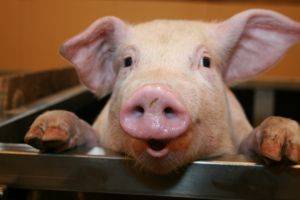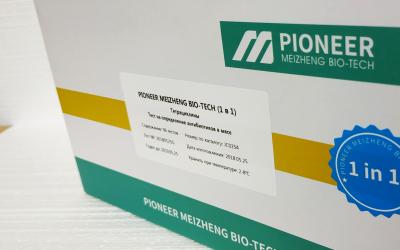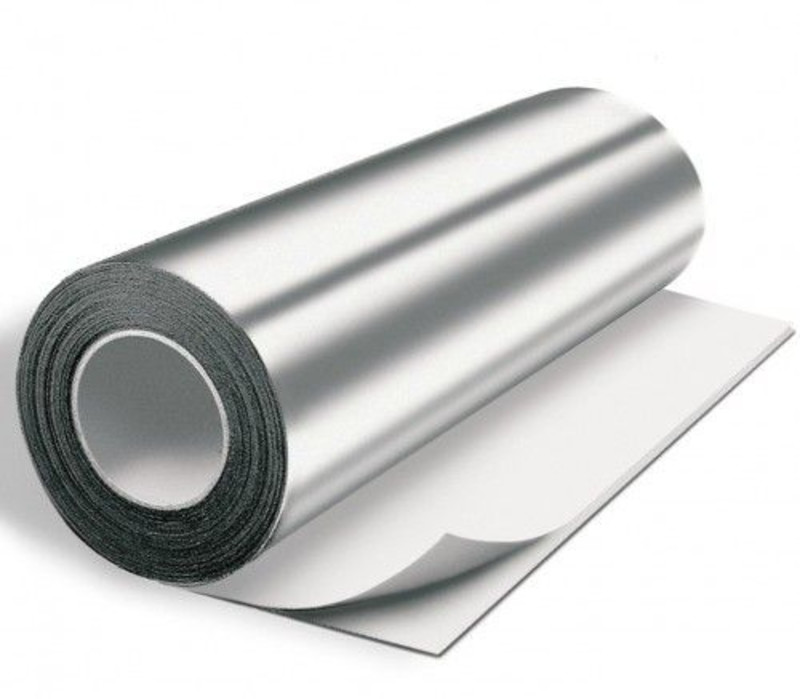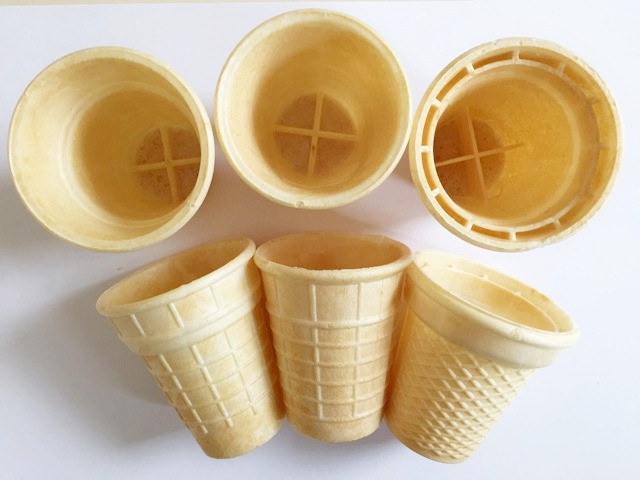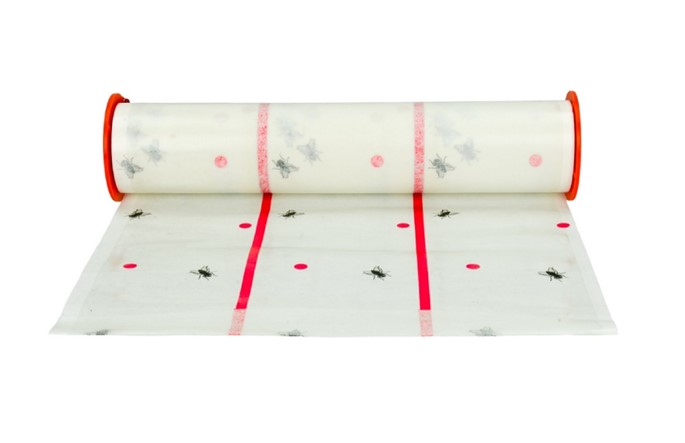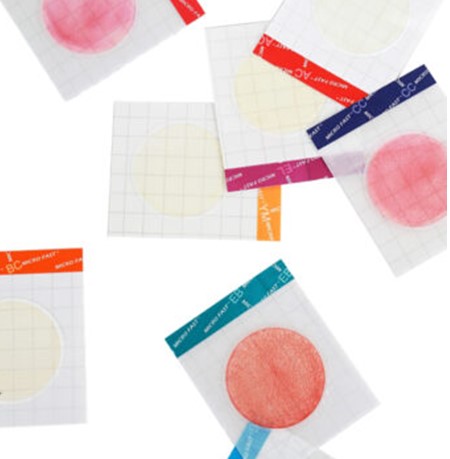Fighting coccidiosis in pigs in the summer: how to break the cycle of infection
Laura Bruner, M.D. of the Pig Veterinary Center in Minnesota, usa , discusses the modern approach to the fight against coccidiosis in pigs in an article published on the swinevetcenter.com portal: , diagnostics, vaccines and antibiotic prescribing . You need to keep abreast of the latest research, management trends and consumer opinions, understand what biosecurity is and the responsible use of antibiotics.
Traditionally hot and humid summer days often cause outbreaks of coccidiosis in pre-weaning piglets, but now this problem can be a year-round problem, which means that measures are needed to interrupt the infection cycle. As a rule, the classic manifestation of coccidiosis in the pig farm is yellow pasty diarrhea that develops in piglets at the age of 7-14 days. The diarrhea is very noticeable as it is thicker than watery seeping through the floor.
Coccidiosis does not usually cause mortality in piglets, but it does result in a significant loss of weight gain. Piglets with severe coccidiosis weigh 400-900 grams less at weaning than uninfected piglets.
In addition, along with coccidia infection, secondary infections are possible, as intestinal cells are destroyed, which allows other intestinal bacterial and viral pathogens to enter the intestinal mucosa. It is these secondary infections that are most likely to lead to death, especially when the disease becomes chronic.
Prevention and control
It takes seven days for coccidia to mature and produce oocyte spores, which are then discarded, allowing the infection to spread. Anti-coccidial or anti-protozoal drugs such as ponazuril were not originally developed for pigs, but for other animals such as horses and companion animals. Ponazuril preparations kill coccidia at the right time in their life cycle, so sporulation does not occur.
Today, veterinarians can recommend these drugs for use in piglets. Oral administration of Nazuril to piglets from day 3 will interrupt the sporulation cycle and eliminate coccidia from the environment.
However, it is not always easy to buy preparations with ponazuril, since usually a very large volume is purchased for the equine sector. Although there are other products developed for cattle and poultry that could be used in pig production, they are not coccidiacidic, meaning they do not kill coccidia, but coccidiostatic, meaning they inhibit the life cycle of coccidia but do not eliminate their.
As a rule, coccidiostats are given to piglets continuously until weaning. The option is time-consuming and expensive, the symptoms of the disease disappear, but the coccidia themselves are still in the environment.
For hygiene and sanitation, pig farmers used to use a very strong bleach or ammonia solution when cleaning the farrowing area between groups, then switched to a safer method for the handler - whitewashing. Whitewashing is a spray of slaked lime and covering all contact areas that the piglets can touch to try and kill the coccidia with a really high pH solution.
Whitewashing is indeed a good remedy, but you should apply the right amount of slaked lime in a thick layer on all contact surfaces and whiten in advance, and not wait for summer when hot weather will cause an outbreak of the disease.
After weaning, coccidiosis poses less of a threat if there are no aggravating secondary infections. Any post-weaning infection with rotavirus or E. coli will add fuel to the fire of HEALTH problems in pigs. So the key to controlling coccidiosis in pigs is to know when the risk of an outbreak is brewing and to be proactive, including rigorous sanitation.”

